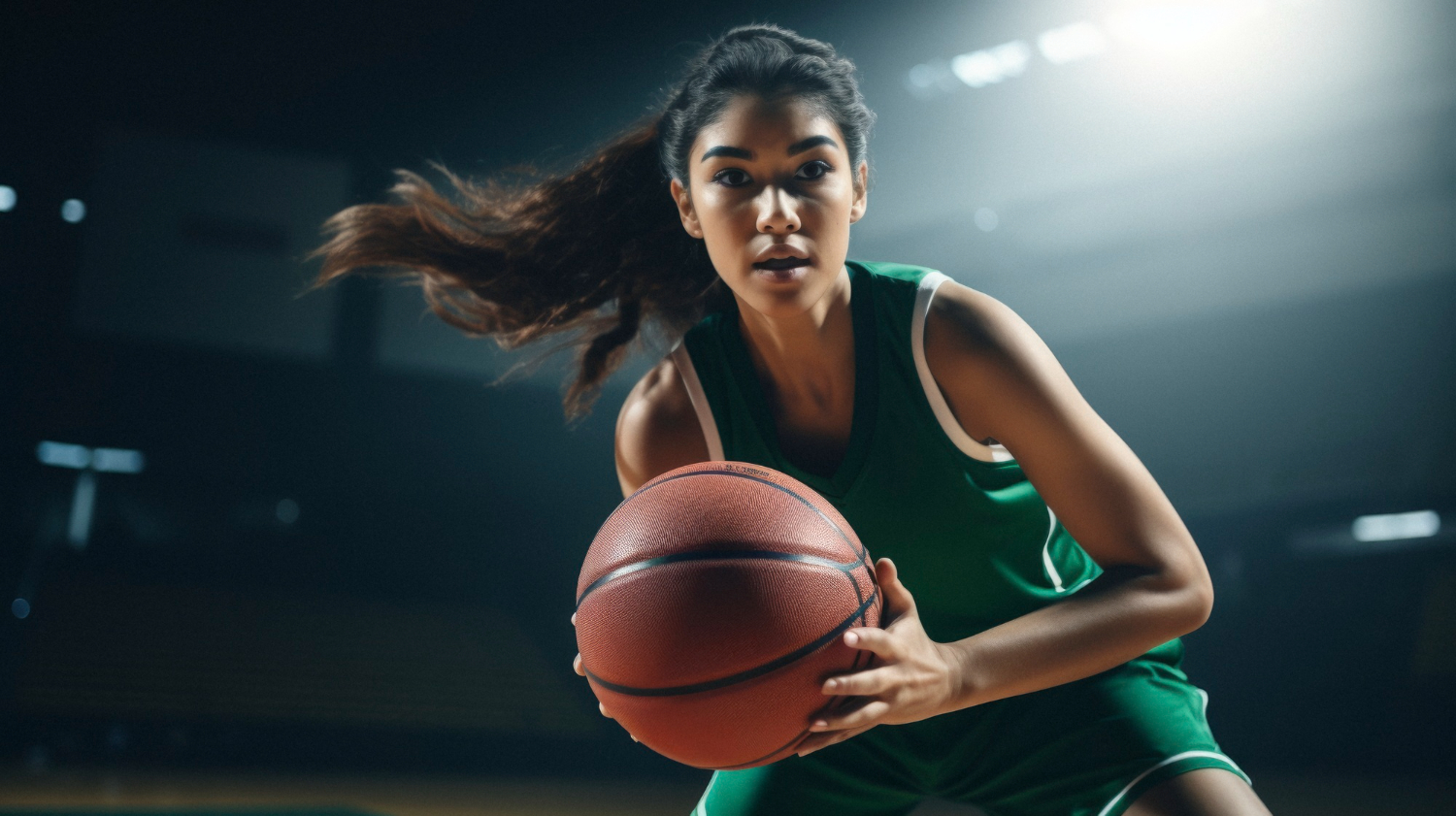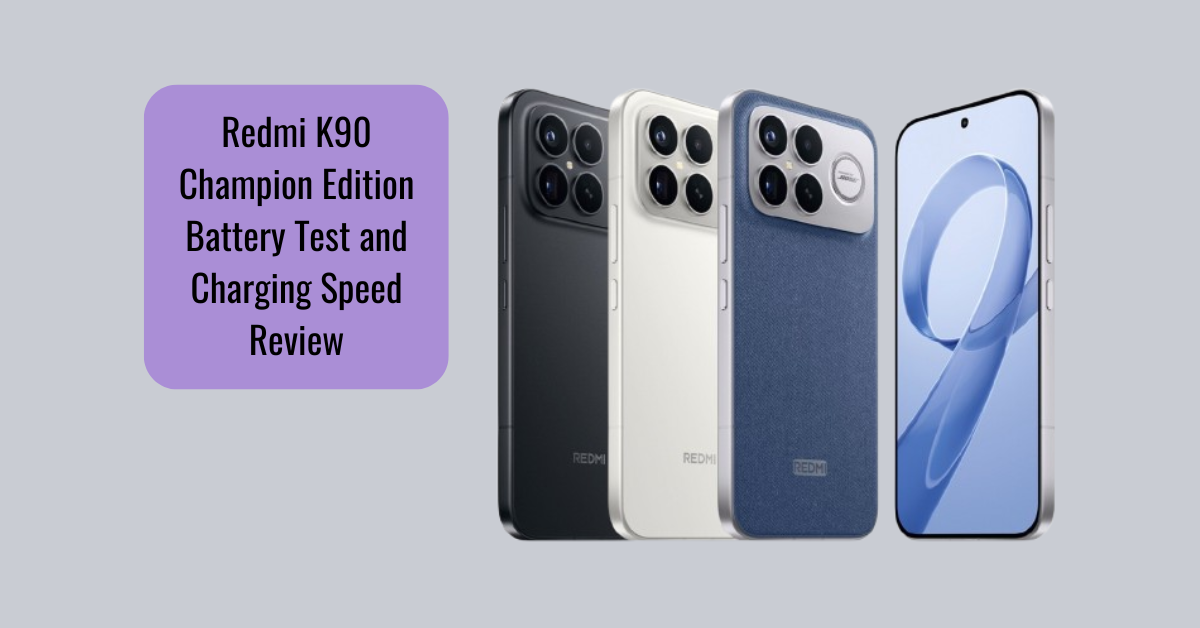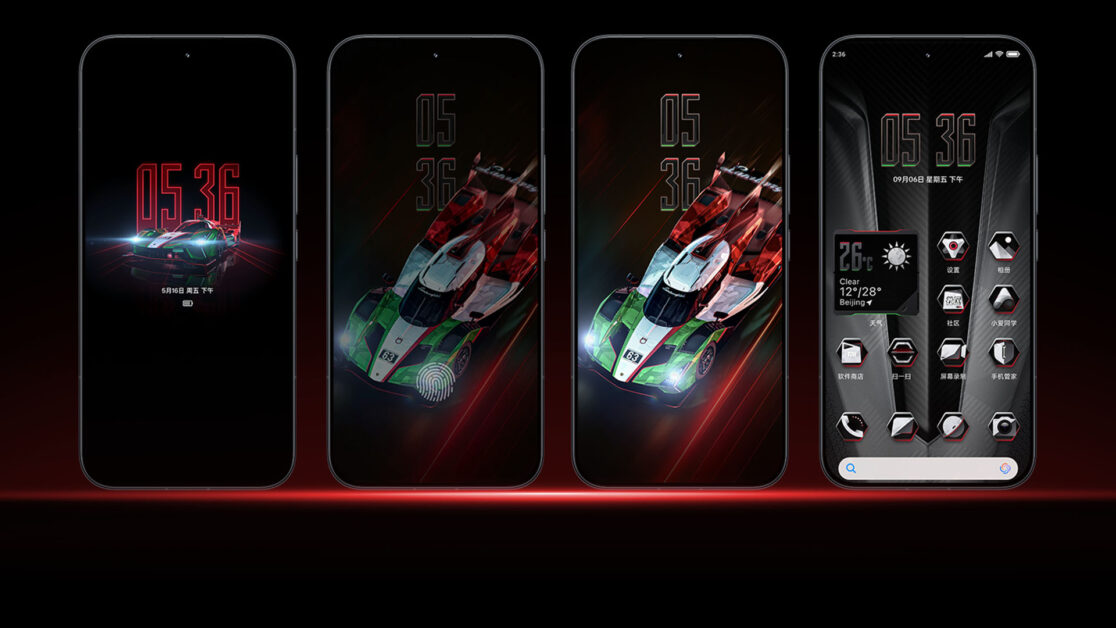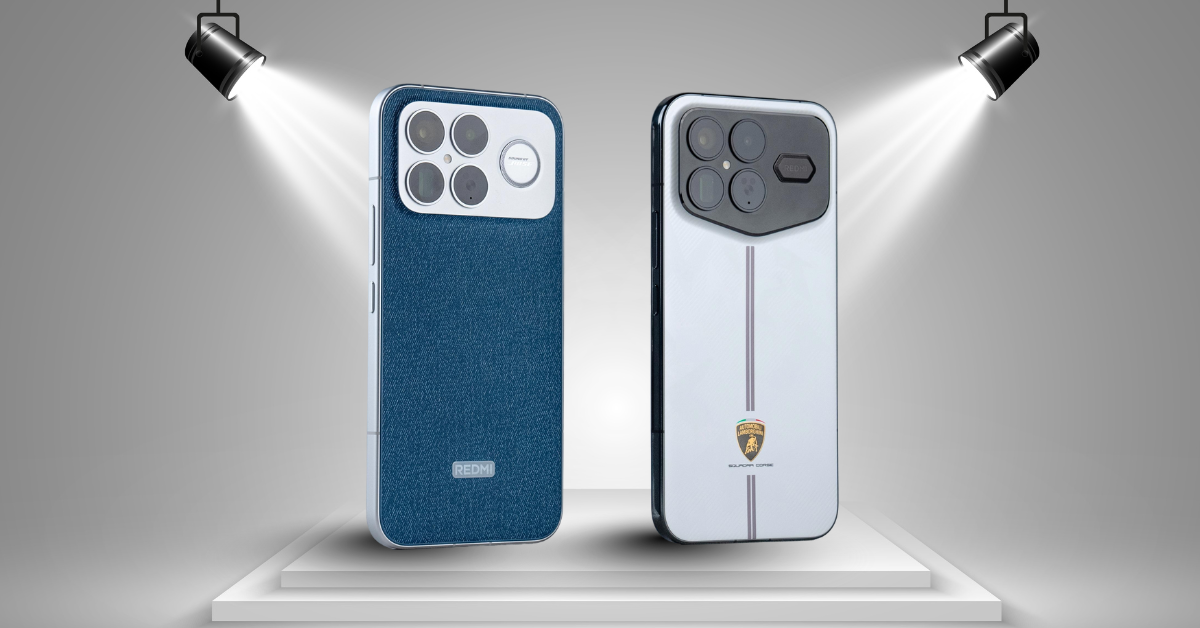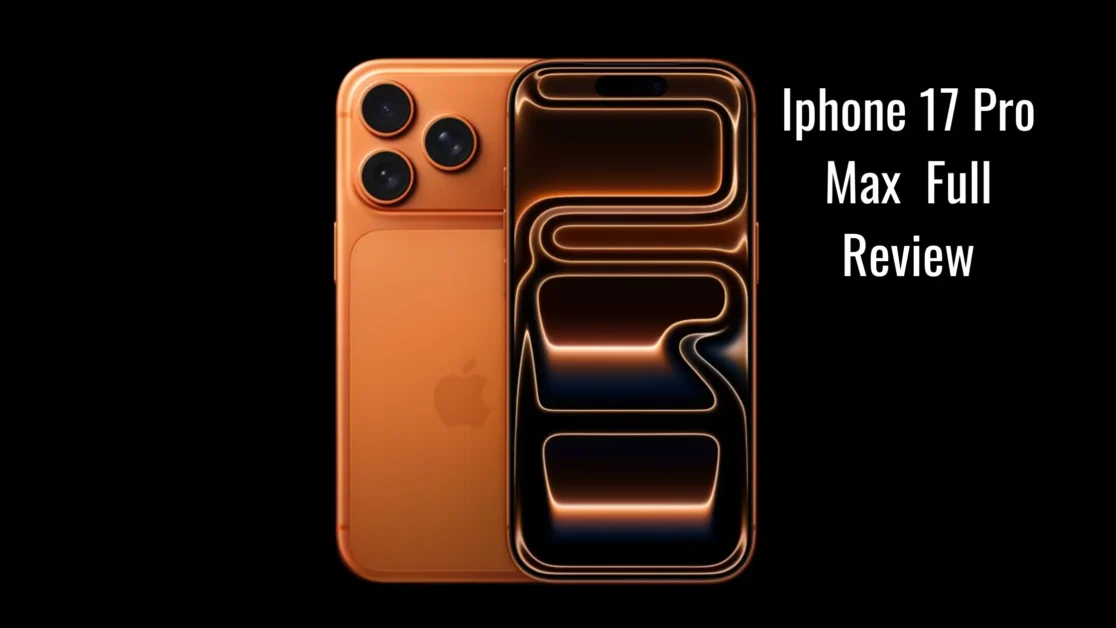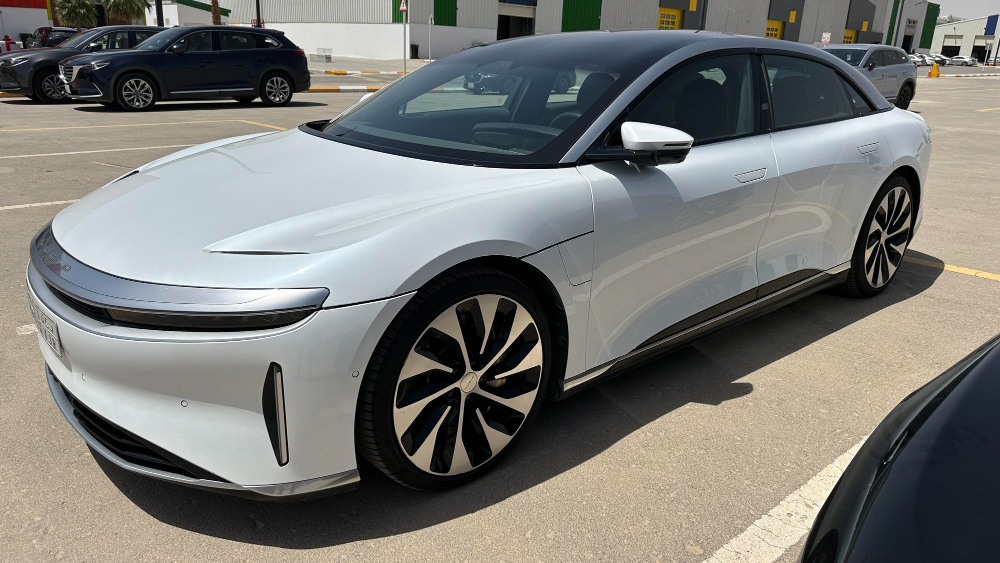In the evolving world of sports tech, fitness bands for athletes have become indispensable tools for monitoring performance, recovery, and overall health. These smart wearables offer real-time data, in-depth analytics, and training insights, helping both professional and amateur athletes stay ahead of their game.
Whether you’re a runner, cyclist, weightlifter, or swimmer, investing in the right fitness bands for athletes can transform how you train and recover. This comprehensive guide covers the top fitness trackers for athletes, features to look for, pros and cons of popular models, and essential buying tips.
Table of Contents
ToggleWhy Athletes Need Smart Fitness Bands
Athletes need precision, endurance, and data. Unlike regular users, they rely on advanced metrics—like VO2 max, heart rate variability, oxygen saturation, recovery time, and detailed sleep analysis—to fine-tune their routines. That’s where fitness bands for athletes truly shine.
What Features Make a Fitness Band Ideal for Athletes?
Choosing the right smart band isn’t just about looks or brand reputation. Athletes must consider specific features:
1. Advanced Sensors
Look for optical heart rate sensors, accelerometers, gyroscopes, SpO2 monitors, ECG tracking, and skin temperature detection. These sensors provide a holistic view of your health.
2. Sport-Specific Modes
Ensure your band supports multiple sport modes such as HIIT, strength training, trail running, cycling, rowing, and swimming.
3. Water Resistance
An ideal fitness band for athletes must have at least 5 ATM (50m) water resistance—especially for swimmers or those training in varying weather conditions.
4. Battery Life
Athletes need reliable battery life, especially during long training sessions. Look for a band with at least 5–14 days of battery backup.
5. GPS and Navigation
Built-in GPS is crucial for distance tracking without your phone. Some bands also support route planning and return navigation.
Top 7 Fitness Bands for Athletes in 2025
Here’s a list of the most recommended fitness bands for athletes, handpicked based on real-world testing and athlete feedback.
1. Garmin Vivosmart 5
Garmin continues to lead in sports tech, and the Vivosmart 5 is no exception.
- Pros: Accurate heart rate, Pulse Ox, stress tracking, hydration reminders
- Cons: No built-in GPS (uses phone GPS)
- Best for: Triathletes and recovery-focused athletes
2. WHOOP 4.0
WHOOP is not a traditional tracker—it’s a subscription-based system used by elite athletes.
- Pros: Strain & recovery tracking, HRV, sleep coach
- Cons: No display, expensive monthly fee
- Best for: Elite athletes and recovery-obsessed users
Lenovo Yoga 5G 2-in-1
A perfect blend of mobility and performance, Lenovo’s Yoga 5G (Gen 2) will feature:
- ARM-based Snapdragon Compute chip
- Lightweight design for productivity on the move
- Global 5G band support
These are no longer just tablets—they’re powerful mobile workstations.
3. Fitbit Charge 6
With Google AI integration and a sleek design, Fitbit Charge 6 is smarter than ever.
- Pros: Built-in GPS, heart rate zones, Google Maps and Wallet
- Cons: Smaller display, needs premium subscription for advanced stats
- Best for: Runners and general fitness

4. Xiaomi Smart Band 8 Pro
An affordable yet powerful smart band packed with features.
- Pros: Large AMOLED screen, long battery, 150+ fitness modes
- Cons: Less precise than premium brands
- Best for: Beginner athletes or budget-focused users
5. Polar Ignite 3
Designed with precision for endurance athletes.
- Pros: Nightly recharge, FitSpark training guide, accurate HR
- Cons: Limited third-party app integration
- Best for: Long-distance runners and cyclists
6. Amazfit Band 7
A solid mid-range option with excellent features for the price.
- Pros: 18-day battery, SpO2 tracking, built-in Alexa
- Cons: Slightly bulky
- Best for: Casual athletes and gym-goers
7. Huawei Band 8
Elegant and lightweight, it punches above its weight class.
- Pros: TruSleep 3.0, fast charging, continuous HR
- Cons: App limitations in non-Huawei ecosystems
- Best for: All-rounders and daily training
The Power Behind Fitness Bands
The true benefit of fitness bands for athletes lies in their ability to turn raw data into actionable insights.
Key Metrics Tracked:
- Heart Rate Variability (HRV): Indicates recovery status and stress levels
- VO2 Max: Measures cardiovascular endurance
- Sleep Score: Helps optimise recovery periods
- Training Load & Recovery Time: Ensures you don’t overtrain
- Step & Distance Tracking: Monitors daily movement and workout quality
Modern smart bands now sync with apps like Strava, MyFitnessPal, Google Fit, and Apple Health, providing seamless data integration across platforms.
Apps and Ecosystem Support
Compatibility is essential. Always check if the smart band integrates with your smartphone’s OS (Android/iOS) and whether it supports third-party fitness platforms. Cloud syncing, wearable communities, and training programs can elevate your entire fitness journey.
How to Choose the Right Fitness Band for Your Sport
For Runners
Go for bands with built-in GPS, stride length analysis, cadence monitoring, and long battery life (e.g., Garmin Vivosmart 5, Fitbit Charge 6).
For Swimmers
Choose waterproof bands with stroke detection and SWOLF (e.g., Huawei Band 8, Xiaomi Smart Band 8 Pro).
For Weightlifters
Bands with interval timers, muscle recovery stats, and rep counting are vital (e.g., WHOOP 4.0, Polar Ignite 3).
For Cyclists
Opt for smart bands with barometers, altimeters, and terrain-specific tracking (e.g., Polar Ignite 3, Garmin models).
Tips for Getting the Most Out of Your Fitness Band
- Wear it consistently: The more data, the better the insights.
- Set specific goals: Whether it’s steps, calories, or resting HR, use targets.
- Use sleep tracking: Recovery is just as important as workouts.
- Check firmware updates: Brands often improve metrics and add features.
- Sync regularly: Keep your data backed up and available across platforms.
Where to Buy Fitness Bands for Athletes
Most fitness bands for athletes are available on Amazon, Best Buy, official brand websites, and sports gear retailers. For peace of mind, choose authorised sellers and check return policies, warranties, and ongoing support.
Conclusion
As technology evolves, fitness bands for athletes are becoming smarter, lighter, and more intuitive. They’re no longer just step counters—they’re personal coaches on your wrist.
From injury prevention and recovery to optimising performance, investing in the right fitness bands for athletes is no longer optional—it’s essential. Whether you’re training for a marathon or just starting your fitness journey, there’s a smart band designed for your goals.
The year 2025 brings even more intelligent fitness wearables with AI-driven insights, real-time coaching, and longer battery lives—so now’s the best time to find your perfect match.
Step-by-Step Windows 12 Installation Guide
Redmi K90 Champion Edition Battery Test and Charging Speed Review
Redmi K90 Champion: The Ultimate 2025 Gaming Phone
Redmi K90 Champion Edition: Flagship Power at Its Best
Launch Iphone 17 Pro Max: Review Specs and Features
Toyota Fortuner Hybird 2025 Price, Features, Mileage, Interiors and Exterior
Share

